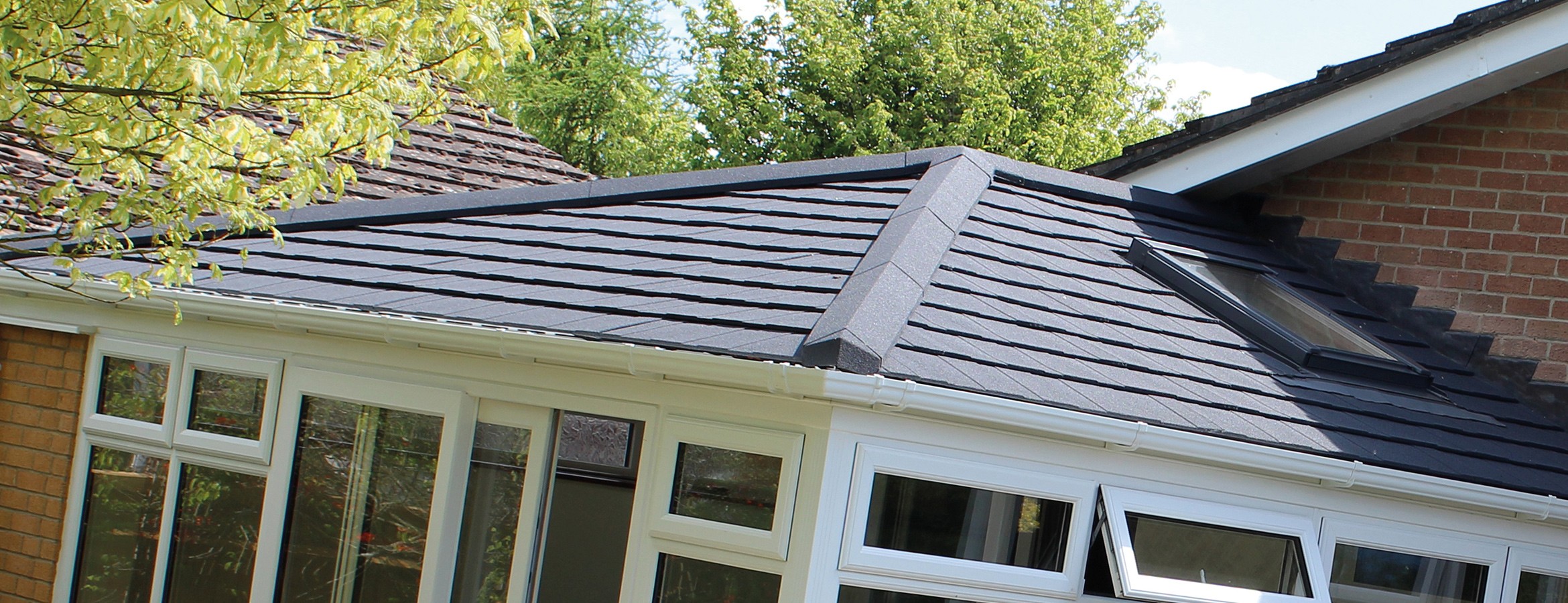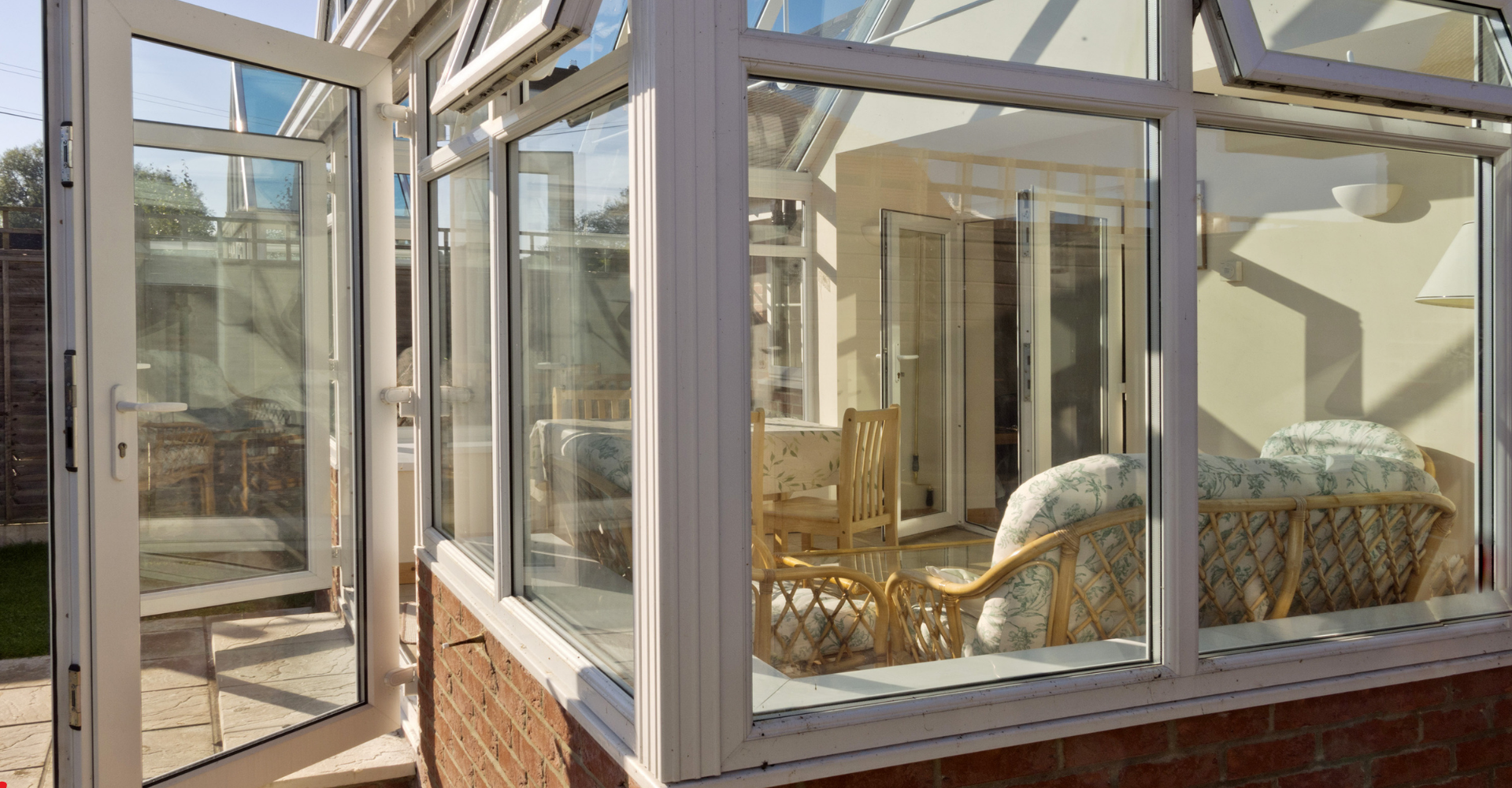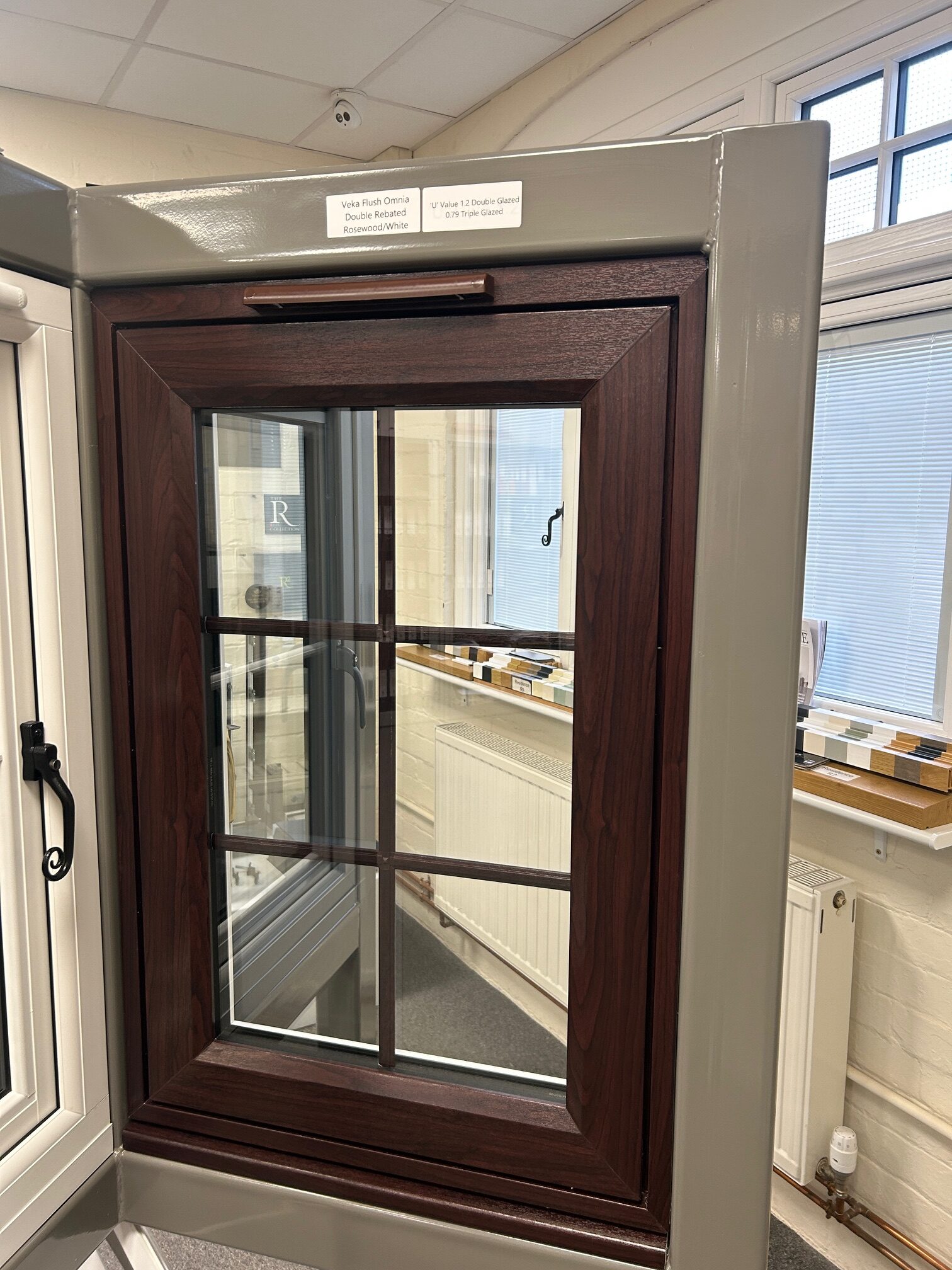How is a Window Installed?
When it comes to home improvement, few projects can be as rewarding as a window installation. New windows can enhance the aesthetic appeal of your home, improve energy efficiency, and provide better insulation. If you’re considering upgrading your windows, understanding the window installation process is essential. In this blog post, we’ll discuss the steps involved in installing a window and some tips to ensure a successful outcome.
Understanding Types of Windows
Before we dive into the installation process, it’s important to know the different types of windows available. The most common types include:
- Double-Hung Windows: These feature two sashes that move up and down.
- Casement Windows: Hinged on the side, these open outward for better ventilation.
- Sliding Windows: These open horizontally and are ideal for narrower spaces.
- Awning Windows: Hinged at the top, these open outwards and are typically used in combination with larger fixed windows.
The type of window you choose will affect the installation process, so it’s crucial to select one that fits your needs and budget.
Preparing for Installation
The window installation process begins long before the new windows arrive. Here are the steps you should follow to prepare:
Measure the Opening
Accurate measurements are vital for ensuring that your new windows fit properly. Use a tape measure to measure the height and width of the window opening. Take measurements at three different points (top, middle, and bottom) and use the smallest measurement to determine the size of the new window.
Gather Tools and Materials
Having the right tools on hand will make the installation process smoother. Common tools required for window installation include:
- A level
- A tape measure
- Caulk gun
- Screwdrivers
- Hammer
- Pry bar
- Plastic sheeting (for weatherproofing)
In addition to tools, you’ll need materials such as caulk and weatherstripping to ensure a proper seal.
Removing the Old Window
Once you’ve prepared and gathered your tools, it’s time to remove the old window. Here’s how you can safely dismantle the old installation:
- Remove the Trim: Start by using a pry bar to carefully remove any interior trim around the window.
- Take Out the Sash: If you’re dealing with a double-hung window, you’ll need to remove the sashes first. For a casement window, unfasten the hinges.
- Take Out the Frame: Carefully detach the window frame from the opening. Be cautious not to damage the surrounding structure, as you will want a solid foundation for the new installation.
Installing the New Window
Now that the old window has been removed, you’re ready to install the new one. Follow these steps for successful window installation:
Position the Window
First, position the window into the opening. Make sure it is centred and aligned with the frame. It can be helpful to have a friend assist you during this step to ensure proper placement.
Check for Level
Before securing the window, check to see if it is level using a level tool. Adjust as necessary by adding shims at the sides or bottom until it is perfectly level.
Secure the Window
Once the window is properly positioned and level, start securing it in place. Begin by fastening screws into the frame through the pre-drilled holes. Be sure to double-check your level after securing each screw.
Apply Caulk
To ensure a weather-tight seal, apply a bead of caulk around the exterior edges of the window frame. This will prevent drafts and moisture from entering your home.
Replace the Trim
After the new window is firmly in place and sealed, you can replace the interior trim you removed earlier. This will finish off the look of your new window and cover any gaps.
Final Thoughts
While window installation can be a rewarding project, it often involves complex steps that require precision and expertise. From ensuring accurate measurements to properly sealing and weatherproofing your new windows, there’s little room for error if you want a high-quality finish that lasts.
That’s why many homeowners choose to hire experienced professionals like Shane Howells. With years of expertise in installing all types of windows—from flush sash to casement and vertical sliders—you can trust that the job will be done efficiently, safely, and to the highest standard. A professional installer also ensures compliance with building regulations, something that’s especially important when structural changes are involved.
If you’re looking to improve your home’s energy efficiency, comfort, and curb appeal, get in touch with Shane Howells today for a hassle-free, expertly managed window installation.








